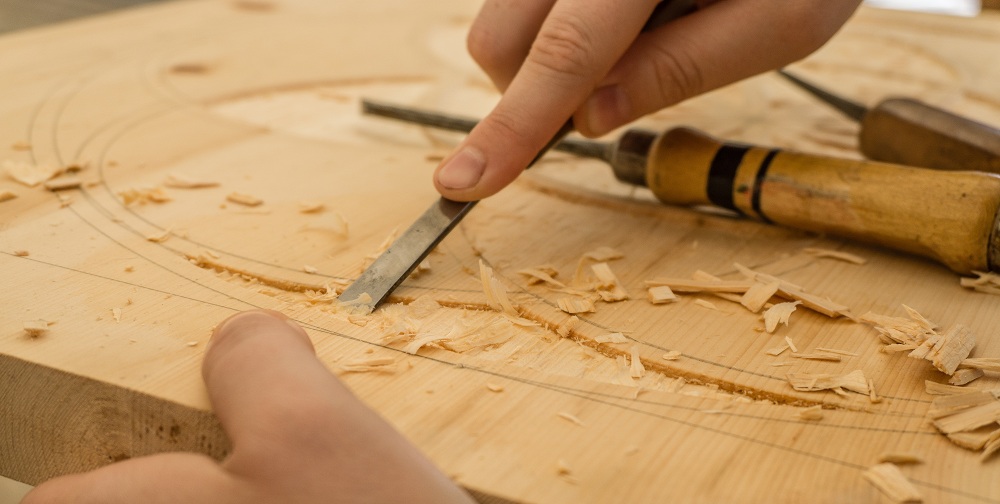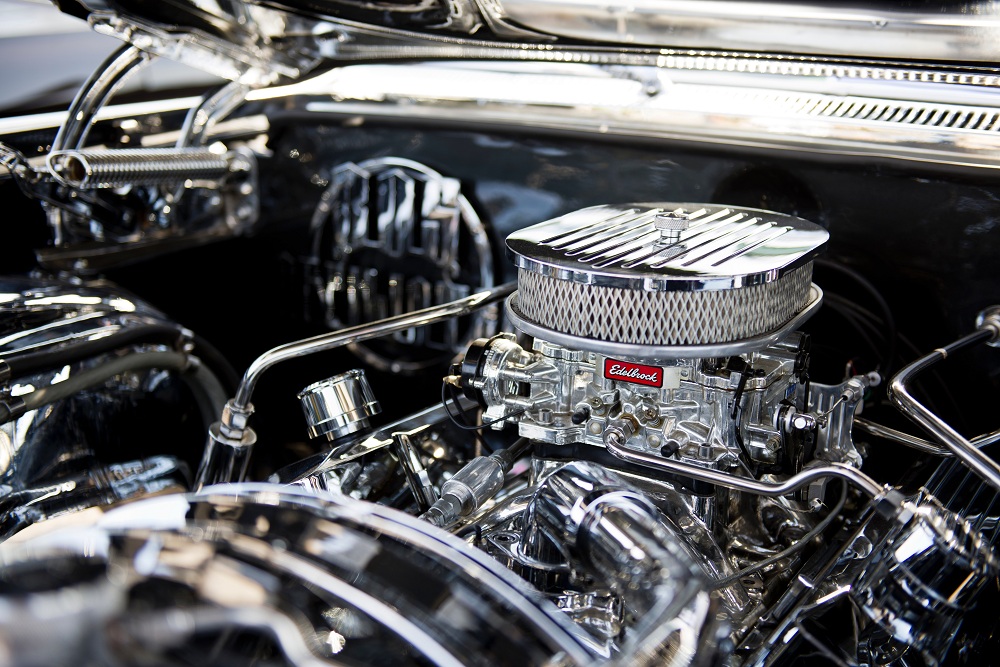Perhaps you’re one of those who dream of opening an automotive repair shop. If you haven’t done it yet, it could be because you have plenty of questions in your head.
Clear some of them with these FAQs:
1. Is There Still a Demand for a Car Repair Shop?
Yes, there is. According to Report & Data, the industry could likely achieve a compound annual growth rate (CAGR) of 5.6% by 2026. By the end of the forecast period, the market value could reach over $500 billion. North America would enjoy over 32% of the market share.
Many factors will fuel demand. One is the influx of used vehicles:
- In an industry report, wholesale prices for these vehicles rebounded in May and June after it significantly declined two months before because of store closures and a limited consumer movement. Such prices increased by a whopping 16% in less than 10 weeks.
- Many of these vehicles are no longer under warranty, which means owners can now bring them to their preferred repair shops.
- Businesses such as car rentals or long-term leasing need to offload their inventory to give way for more attractive newer models or streamline their operations and fleet management.
2. How Much Does It Cost to Run a Repair Shop?

Costs can vary depending on the state, size of the operations, availability of capital, human resource, local demand, and machines used.
In an article by Projection Hub, which offers financial projection services, the average startup cost could be as low as $25,000 and as much as $75,000, particularly if the business wants to reserve some cash for future expenses.
At least two kinds of costs can account for a bulk of the expenses: materials and labor. Materials will refer to aftermarket accessories, spare parts, or replacement components. Meanwhile, an automotive technician in Utah earns around $20, according to Indeed.
Repair shops can also be a heavy user of utilities, such as electricity. If you want to open your shop in the Beehive State, then you can benefit from its lower power rates. However, it can still reach at least close to a thousand dollars every month. If you plan an industrial-sized shop, then such an expense could reach over $4,500.
You can reduce your power costs by working with an industrial electrician who can design a more efficient system for the business.
3. What Are the Growing Trends in the Industry?
Auto repair shops are more likely to succeed when they know the growing trends, such as the following:
- E-vehicles and Luxury Cars – The United States has at least a million electric vehicles, and more are coming as the world shifts to eco-friendly cars. With a higher disposable income, more Americans are also buying luxury vehicles that have more intricate or unique parts and mechanisms. Not all repair shops can maintain them.
- Connectivity and Tech – Newer car models feature more advanced tech, such as digital screens on the dashboard, rear cameras, and adaptive cruise control. Repair shops, therefore, should learn to go beyond inspecting and replacing engines or tires. They need to know how to fix hardware too.
- Decreased Need for Replacement Parts – The demand for replacement components might decline as newer models come with longer-lasting parts. Repair shops, though, can still thrive by offering hard-to-find aftermarket accessories or components.
Expect to experience a lot of limitations and challenges along the way as the industry can be fickle. Nevertheless, these FAQs should prepare you better on what’s ahead.


